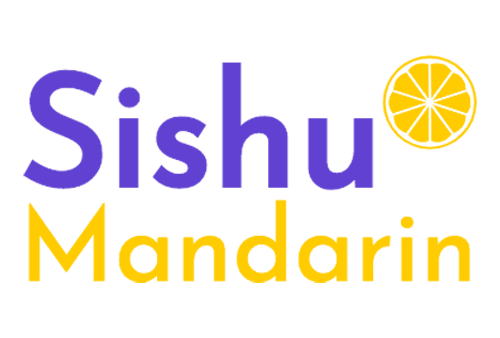Sishu “私塾“, A 2,000-year-old Chinese Learning Structure of Prestigious Education
AN ANCIENT METHOD TO PRIVATE TUTORING
THAT WE BRING TO YOU
What is Sishu?
Sishu (pinyin: sīshú, characters: 私塾) is a private homeschooling system established by the disciples of Confucius and implemented as the traditional education system of China from the Autumn and Spring period (770 BC) until the Qing dynasty (1911 AD). So we’re talking about 2,681 years! To bring you some perspective, check out the infographic below.
The students of Confucius established this private schooling system of learning according to the teaching methods of Confucius himself! You see, Confucius didn’t teach students one standard material. He individualized his teachings on benevolence, government, and philosophy according to the personalities and aspirations of each student.
Sishu was an academic setting that broadened cultural knowledge, moral education, and realized intensive preparation for the imperial examination. Once the Republic of China was officially established in 1949, public education replaced sishu.
A Prestigious Teaching Method in Ancient China:
Under the customized education system of sishu, kindergarten students would begin from the basics of character recognition and writing. After the teacher deemed the student qualified, the pupil would go on to learn new subjects such as mathematics, poetry, and classical Chinese literature.
In a shared learning space, students learned different academic subjects, and their learning needs were accommodated as such. All students received individual guidance based on their academic needs. Students interested in taking the imperial exams learned and memorized the Four Books and Five Classics of Confucianism.
They would also have to learn how to write eight-legged essays (八股文), a mandatory writing skill for the imperial exam. The class setting was usually a teacher privately tutoring a student. However, in some sishu schools, there would be a group of students sitting in front of a teacher. This advanced method of learning is similar to the way that Socrates taught Plato. These small group lessons would allow students to openly engage in academic discussions, exchanging a myriad of intellectual perspectives and ideas.
The Imperial Examination and the Elite Sishu Education:
The imperial exam (科举考试)was a civil service test that merited the acceptance of knowledgeable and qualified applicants for a state in bureaucracy. This system of the examination was developed in the Sui-Tang Dynasty (581-907 AD) and formally implemented in the Song Dynasty (960 AD). The selection of officials in government was merited based on examination results, instead of the family connections of a candidate.
The imperial exam was composed of three levels, beginning from prefectural, provincial, to the final imperial examination. It also ranged from different topics given to candidates to choose from classics, law, literature, or arithmetic. Upon passing the provincial and final imperial exams, candidates would be granted official positions in government. The highest degree of the exam was jìnshì (进士).
The exam was unfathomably difficult as it required extensive knowledge of Confucius texts, politics and government, and mastery of eloquent writing skills. The exam was divided into different formats. Those include analyzing the significance of different classical texts, poetry composition, a discourse on contemporary affairs involving politics, government, taxation, production, and management.
By the Song Dynasty, the learning material of sishu schooling was based on the test subjects of the imperial exam. Therefore, the people in government possessing the Jìnshì title belonging to the high social class later became sishu teachers, rendering the system of learning to highly qualified scholars.
The Highest Purpose of Sīshú Education Is to Academically Enrich the Country’s Most Talented Scholars:
Academic inquisition in sishu schools was built on fundamental knowledge, using moral discipline to support a student’s enrichment. Teachers would often encourage students to evaluate whether or not they have adopted the morals taught in school into their daily etiquette. This consistently pushed students to reevaluate if their conduct reflected the honesty of their words and if their behavior was respectful and noble.
These questions were under the predicate of an integral part of Confucius thought, believing that the only way to bring justice and virtue upon everyone is to first improve oneself, then use the morals learned to manage one’s family, this will inevitably inspire people to govern the nation with morality and benevolence. Such cultivation placed importance on teaching students of sishu schools to commit to social contributions and achieving great accomplishments.
If you’d like to read more about the value of sishu in China’s modern education system, check out this academic paper written in Chinese.
If you like this article please share this article. Comment below if you think that sishu still has a practical value today.


